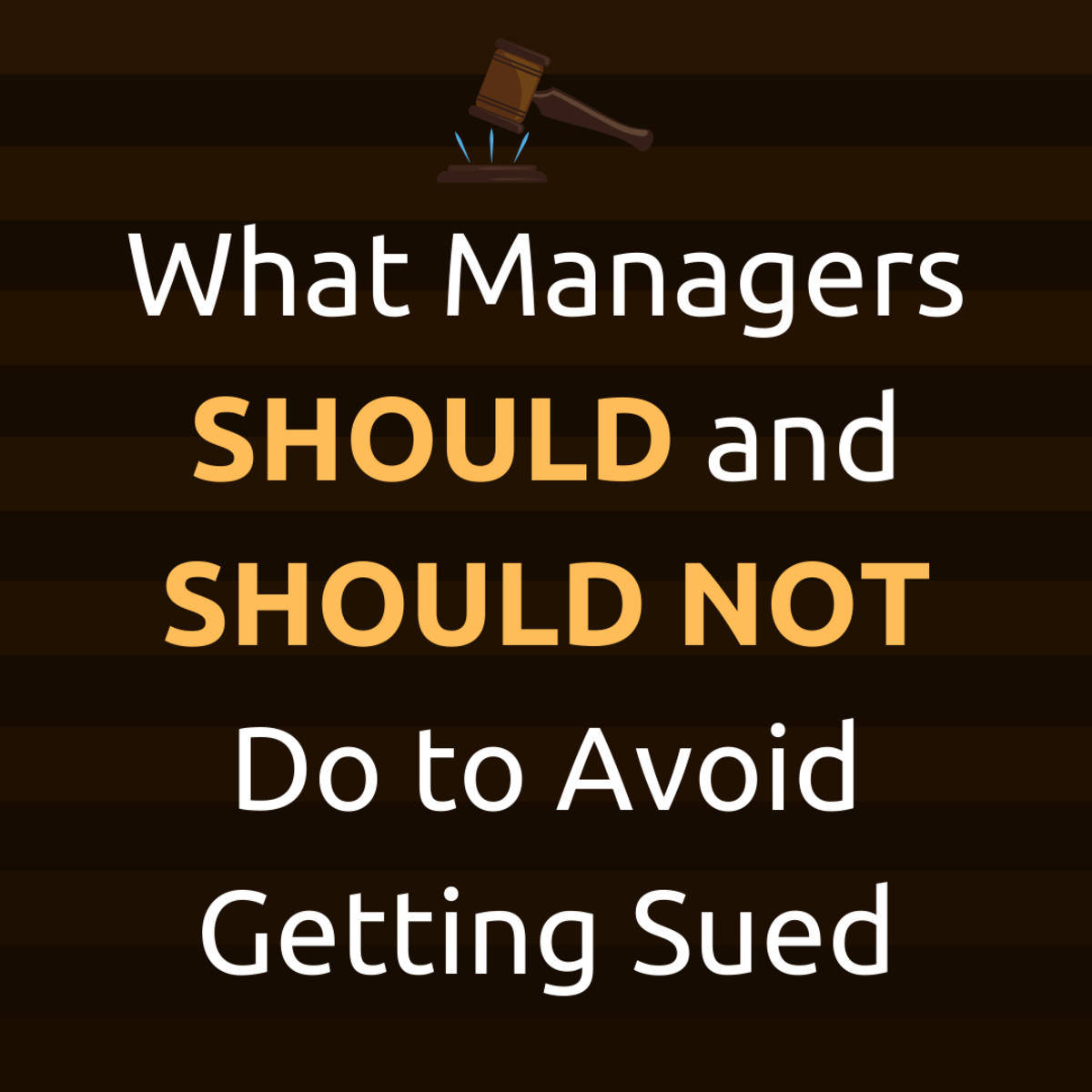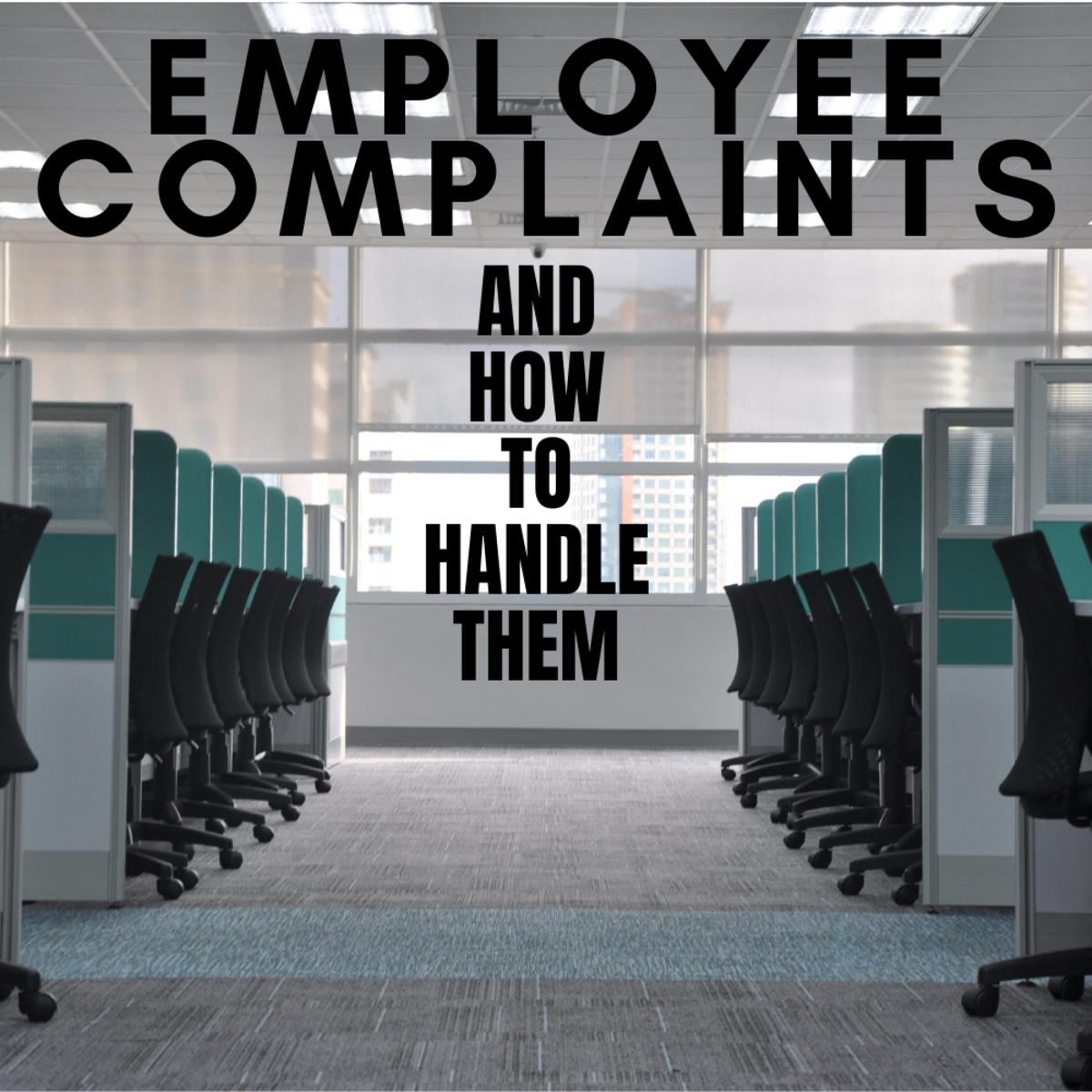How to Fire Employees: Reasons, Laws, and Steps to Protect Your Company

One of the least favorite jobs of upper management is firing an employee, especially if that employee has been with the company for a long time. Of course, there are grounds for immediate dismissal, but more than likely they just are not performing up to par. This guide and these steps to firing an employee will help you legally, emotionally, and functionally.
Firing
Have you ever been fired?
Reasons for Immediate Termination

Make sure your employee is aware of the expectations of his or her employment. The following reasons could lead to the immediate termination of an employee.
Failing to disclose arrest records
|
Lying about his or her previous employment
|
Stealing
|
Failing a drug test
|
Doing something unethical or illegal
|
Insubordination
|
Excessive absences
|
Poor job performance
|
Reasons for Termination

The most obvious reason for termination is poor performance. However, an at-will employee may be terminated by the company at any time with or without case and with or without advance notice. Often, if an employee causes a hostile environment, they should be terminated as soon as possible.
Steps to Termination

Step One
- Set Expectations

Discuss with your employee any behavior that is grounds for immediate dismissal. Make sure he or she understands the rules and productivity expectations. Make sure you have given well documented performance evaluations expressing deficiencies in performance versus the expectations of the position.

If you wish for the employee to stay and improve, rather than to fire him or her, communicate performance problems when they occur, and coach the employee on how to improve his or her performance. When you counsel an employee, focus on the facts, without editorial comment. Avoid getting personal. Keep a written record of these conversations.

You should develop an employee warning system which should be implemented in a predictable and logical way, and should be easily adaptable to any circumstance. An example of such a system might be:

Step 1: Gently remind the employee of company policy regarding a specific issue, so that a verbal warning is issued.

Step 2: Give a sterner warning in written form reprimanding the inadequate performance and mentioning the previous verbal warning.

Step 3: With all of the solid documentation of the previous warnings, this violation of company policy should result in dismissal.
Step Two: Give a Warning

Issue a warning to the employee formally documenting deficiencies in performance. Ask the employee what he or she thinks is causing his or her performance to be substandard. If the employee’s poor work behavior has been consistent for a long period of time, these steps are just formality before the actual firing.
If the employee’s poor work performance seems like it could be a temporary set-back, give the employee some consideration. Consider personal factors that could be causing short-term effect on their performance. Keep an eye on their productivity to see if their performance is temporary or will continue.
Discuss firm and specific ways to improve performance. Give the employee clear steps and goals. Outline specific improvements or changes required in order for them to keep their job, and give them specific deadlines as to when you expect to see these improvements. Set milestones.
Give the employee a chance to write a rebuttal to his or her warning. Be very specific as to their issues. Have a strong paper trail showing your documentation as to why you fired the employee. Retain a record of all disciplinary actions. Have the employee sign documentation outlining what was discussed. Be clear that the next step with this underperformance is termination.
Step Three: Consult a lawyer to understand the employment law in your state.

If you do not have adequate documentation, such as an employee signature on his or her job description, employee reviews, warnings, etc, your company may lose a lawsuit filed by a disgruntled employee.

Union employees have collective bargaining agreements that should be considered. A lawsuit should be avoided at all costs. A lawsuit involves legal fees and the time lost defending yourself in court or before the Department of Labor.

If an employee believes he or she has been discriminated against, he or she can file a complaint with the Equal Employment Opportunity Commission or the state counterpart thereof before he or she can file a lawsuit alleging that a company violated those laws.

Illegal reasons for firing a company’s employees is by discrimination, retaliation, refusal to take a lie detector test, alien status, complaining about OSHA (The Occupational Safety and Healthy Act), violations of public policy, and excusable absences.

Step Four
Have a strong paper trail.

a. Document the course of events to prove you have discussions
b. Document that you gave them the opportunity to correct their actions
Step Five: The Actual Firing

Ask the employee to meet you in a private room. Find a place where you and the employee can comfortably speak.

Tell the employee the purpose of the meeting within the first minute.

Have another manager present as a witness to the conversation.

Explain the details of the separation and have them in writing. Describe in detail all steps they must take, such as returning company equipment, clearing out their desk or office, the details of the severance package if any, and a legal agreement to not disclose company information.
Offer the employee help. Try not to leave on bad terms.

Make arrangements for them to get their belongings from their desk or office easily.

Offer to be a referral for their future job applications.

Help them save face by making the packing of their belongings as private as possible. Do not speak to other employees about the termination while the employee is still there.

Offer severance if the employee has been there an extended period of time.

Allow the terminated person to submit a letter of resignation rather than having the stigma of being firing, making it easier for him or her to find other work.

As a manager, offer to be a reference for their future job search.
Thank them for their work, and apologize that it could not work out.
Wish them luck on their future endeavors.

Keep the meeting and exiting of the employee as professional as possible.
Try to do the firing on a Friday to give the employee the weekend to regroup, to give the office some breathing room, and to avoid a big scene in the middle of the week.
What To Do After Termination

Who will fill the empty role?
Know how your company will continue to function without this position. Think about the job’s responsibilities, and be ready to reassign those duties to others. Consider hiring a more suitable and capable employee to take his or her place.

Should you provide severance?
If the circumstances around the termination could be contested, offering a couple months of pay in exchange for signing a severance agreement is a good way to protect your company from a legal battle.
How to Fire
Conclusion
Firing a long term employee can be one of the most difficult things a company has do to. However, if an employee falls under one of the immediate reasons for dismissal, he or she should be immediately terminated. If the employee meets other reasons for termination, a strong paper trail should be kept when keeping track of the set expectations for the position, all warnings, legal information, and all signatures that occur during meetings. Try to fire on good terms in order to avoid a lawsuit or further legal action.








